So you love yoga? You’ve been absorbed and captivated by it. Your teacher keeps telling you that you need to start practising at home, that this is what it’s all about. Summer’s coming and you’ll have more time. You want to dedicate it to start doing yoga on your own terms, in your own space. Only thing, you’re not quite sure where to start!
That was my story, and I struggled with it for a few years. I really wanted to start practicing at home, but was wracked with the sense I didn’t know what to do. It seemed that things just kept on getting in the way. Here is a bit of advice on how to get it going successfully…. It’s not brain surgery!
1. Make sure you have the very basics worked out. You need a space to practice in. It should be indoors, light, airy and most importantly, free of distractions! Remember that mind is a reactive beast and (without your friendly Iyengar Yoga Teacher to keep you in line) you’ll find all sorts of reasons to check Facebook and do the vacuuming.
Invest in a few props, at least a mat, block and belt. You will need some sort of timer, watch or clock.
In the beginning you need a sequence of poses that you can rely on- very important. A good book on the basics is always helpful. I used “Yoga, The Iyengar Way” by the Mehta family. It is clear and concise, has photos of the poses, and has easy to follow sequences- highly recommended.
Most importantly, dedicate a time when you practice. Diarise and prioritise it. Make it regular. The best piece of advice I ever got: it is better to practice for five minutes every day, than for four hours once a week. Make it regular and everything else will fall into place.
2. Patanjali begins the grand treatise on the philosophy of yoga with; Atha Yoganusasanam– NOW begins the practice of yoga! The “NOW” is the most important part of it. You know where I’m going with this, stop putting it off and unroll your mat and do Dog pose. This is a very powerful and liberating concept. All the impediments to starting are swept aside with this simple statement. Mr. Iyengar was famous for collaring students he saw potential in and demanding that they start practicing NOW, as opposed to just coming to class.
3. Don’t be daunted by what you don’t know. The subject is complex, but you’re not supposed to understand it before you start doing it. Trust in what you do know. As an Iyengar student you have all been taught yoga, as opposed to being led through a sequence of yoga poses. You understand what you’re doing better than you think.
4. Have a plan. Get a notebook and plan out what you are going to practice. Write down the sequence you did at your weekly class. This should always be the basis of what you are practicing. Yoga is a taught subject, and you should always be practising what your teacher has been working with. This is going to give you a structure to follow. Ask your teacher what to focus on.
5. Be methodical with your plan. Work with individual ideas and poses over time. Don’t do something new every time you come to the mat. Your home practice should be an evolution.
6. Make sure you’re practicing yoga! The thing that inspires us all about the subject is that it is more than exercise… don’t reduce your home practice to a gym workout. Make sure you do Savasana properly. Be observational in your approach. Be observant of your breath. Explore the use of sequencing, timing and props.
7. Learn how to practice restoratively. This way when you’re tired or sick you can maintain the momentum in your practice.
8. Be resolute. Understand that the longer you are “in yoga”, the more it becomes part of the fabric of your life. Keep at the practice and it transforms from something you have to constantly think about doing, to something you can’t possibly imagine not doing.
by Tim Bosworth

